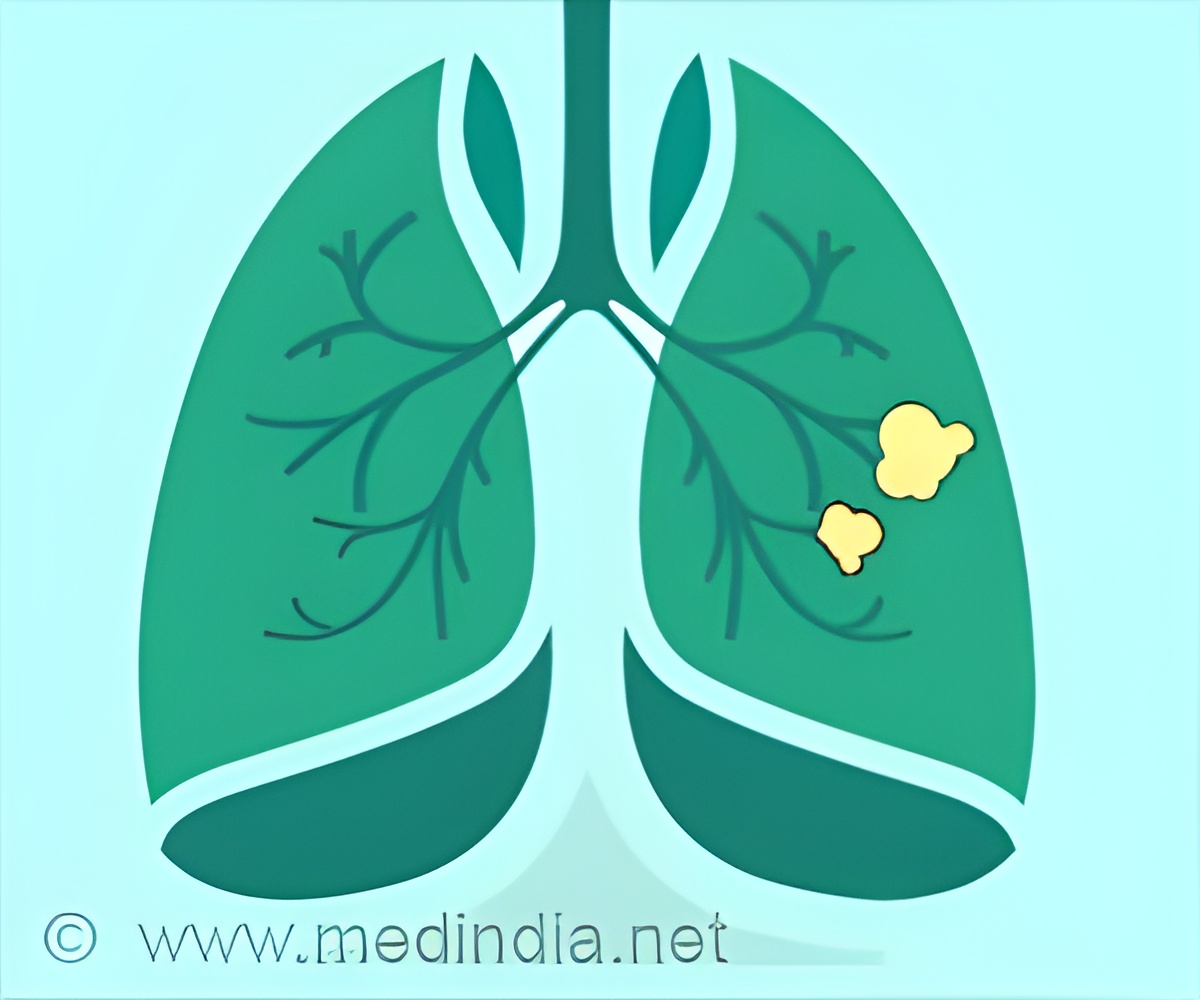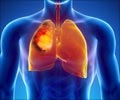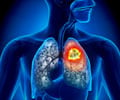
‘The early diagnosis and ongoing monitoring of genetic and chronic lung diseases, such as cystic fibrosis, asthma and lung cancer, is currently hampered by the inability to capture the spatial distribution of lung function in a breathing lung. ’
Tweet it Now
The study, led by Dr Rhiannon Murrie from the Department of Mechanical and Aerospace Engineering at Monash University, shows the likely impact this technology has in respiratory disease detection, monitoring and treatment through non-invasive and non-terminal means.
The technology also has the potential to see whether treatments for respiratory illnesses are working much earlier. The technology has since been commercialised by Australian-based med-tech company 4Dx Limited, led by CEO and former Monash University researcher Professor Andreas Fouras. The technology has been upscaled for human clinical trials taking place in the USA, with Phase I already completed successfully.
The study was published in the internationally-renowned Nature Research Scientific Reports in January 2020.
"Since pulmonary function tests are measured at the mouth, these tests are unable to localise where in the lung any change in function originates. Additionally, CT scans, while providing quality 3D images, cannot image the lung while it is breathing, which means airflow through the airways and into the lung tissue cannot be measured."
Research by Dr Murrie and the multi-disciplinary collaboration of physicists, engineers, biologists and clinicians are changing this approach to the diagnosis and treatment of lung diseases, by determining the functional lung movement and airflow in live mice, acquired through X-ray technology at 30 frames per second.
Advertisement
Researchers were able to pinpoint the exact locations where lung deficiencies were present and the location of the obstruction causing the restricted airflow. The successful trial opens up avenues for respiratory diseases to be diagnosed, treated and managed earlier than current technology allows and at a lower radiation dose than current CT scanning.
Advertisement
"This finding is an exciting step in advancing the understanding of lung diseases and treatments that affect millions of people globally, and particularly for those with cystic fibrosis, which affects more than 70,000 people worldwide."
Professor Fouras said: "I am pleased to see this technology, originally developed at Monash University, and now being commercialised to maximise clinical impact, also enabling cutting-edge medical research like this."
Source-Eurekalert











